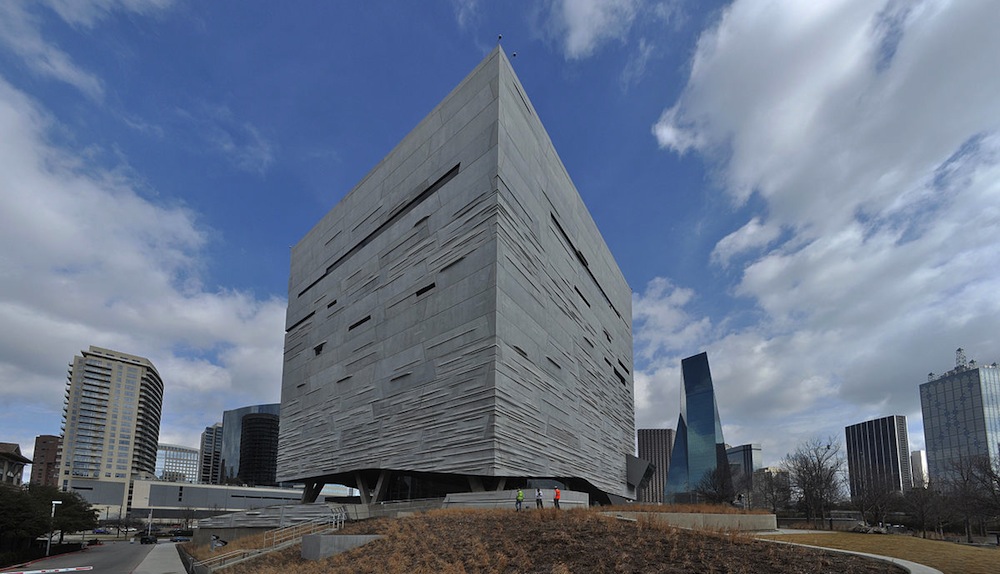The U.S. General Services Administration (GSA) has adopted the SITES rating system for its capital construction program.
Green Business Certification Inc.’s SITES is a program for sustainable land development and management and is used by landscape architects, engineers, architects, developers, and policymakers to align land development with innovative sustainable design. SITES certification is for development projects located on sites with or without buildings including national parks, corporate campuses, streetscapes, homes, and more.
GSA is one of the largest and most diversified public real estate organizations in the world with a portfolio of 376.9 million rentable square feet in 8,721 active assets, and more than 144,000 acres of land, including ports of entry and historical properties. The GSA determined that incorporating SITES into the program offers a highly effective and efficient way to ensure environmental performance to meet federal goals on various capital project types.
The rating system provides a metrics-based approach to important concepts like ecosystem services and green infrastructure. The GSA’s decision is incorporated in the 2016 version of Facilities Standards for the Public Buildings Service (P-100), which establishes design standards and criteria for new buildings, infrastructural projects, major and minor alternations, and work in historic structures for the Public Buildings Service (PBS) of the GSA. This document contains both policy and technical criteria used in the programming, design, and documentation of GSA buildings and facilities.
Related Stories
Codes and Standards | Oct 30, 2018
San Francisco plans tougher seismic building codes
Recommendations include addressing geotechnical issues like those faced by Millennium Tower.
Codes and Standards | Oct 26, 2018
Tall Mass Timber code proposals approved at Intl. Code Council public comment hearings
Proposals now go to online voting; final outcome expected in December.
Codes and Standards | Oct 25, 2018
Low-income neighborhoods could benefit most from green roofs
Those areas face the biggest risk from extreme heat.
Codes and Standards | Oct 24, 2018
Building design critical to prevent school shootings
Safety must be balanced with welcoming environment.
Codes and Standards | Oct 23, 2018
Codes in Florida Panhandle made buildings vulnerable to Hurricane Michael
Less stringent codes in northern parts of state linked to devastation.
Codes and Standards | Oct 19, 2018
Global Green Tag production certification standard will launch in U.S. at end of year
Australian program recognized by WELL, claims compliance with LE.
Codes and Standards | Oct 18, 2018
Federally-backed rebuilding of public buildings often leaves them vulnerable to future storms
FEMA dollars pay for reconstruction, but local decision-makers ignore climate change impacts.
Codes and Standards | Oct 17, 2018
Philadelphia plumbing code will now allow for more use of plastic pipes in high rises
Of the 50 largest U.S. cities, Philadelphia is one of just six that still require metal pipes.
Codes and Standards | Oct 16, 2018
New Disaster Recovery Reform Act will support adoption of updated building codes
Provides incentives for communities to modernize and enforce codes.
Codes and Standards | Oct 12, 2018
Boston ‘housing emergency’ prompts regional initiative for new residential construction
Mayors of 15 cities set goal of 185,000 new homes by 2030.

















